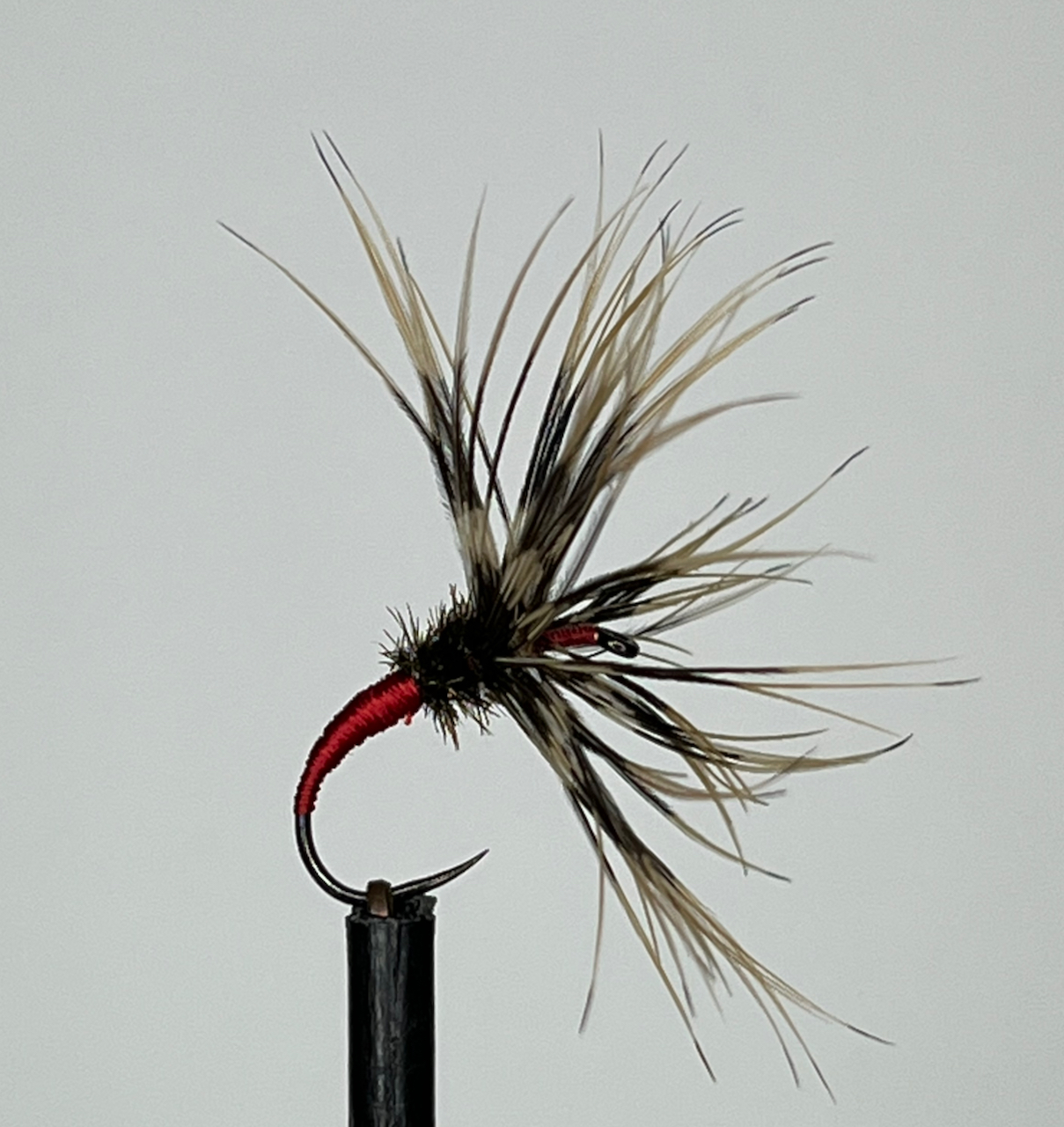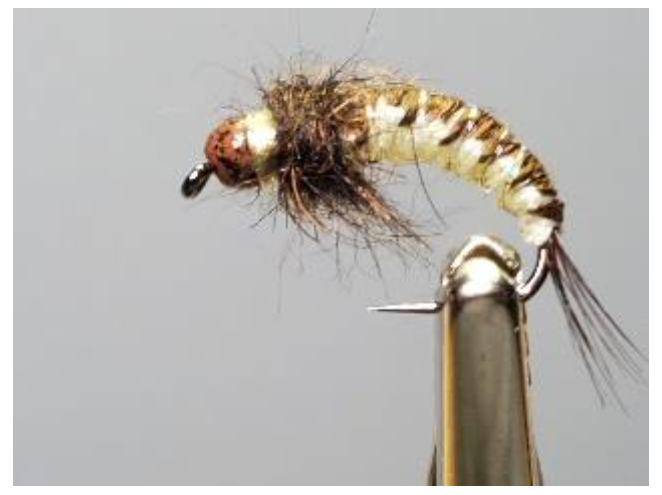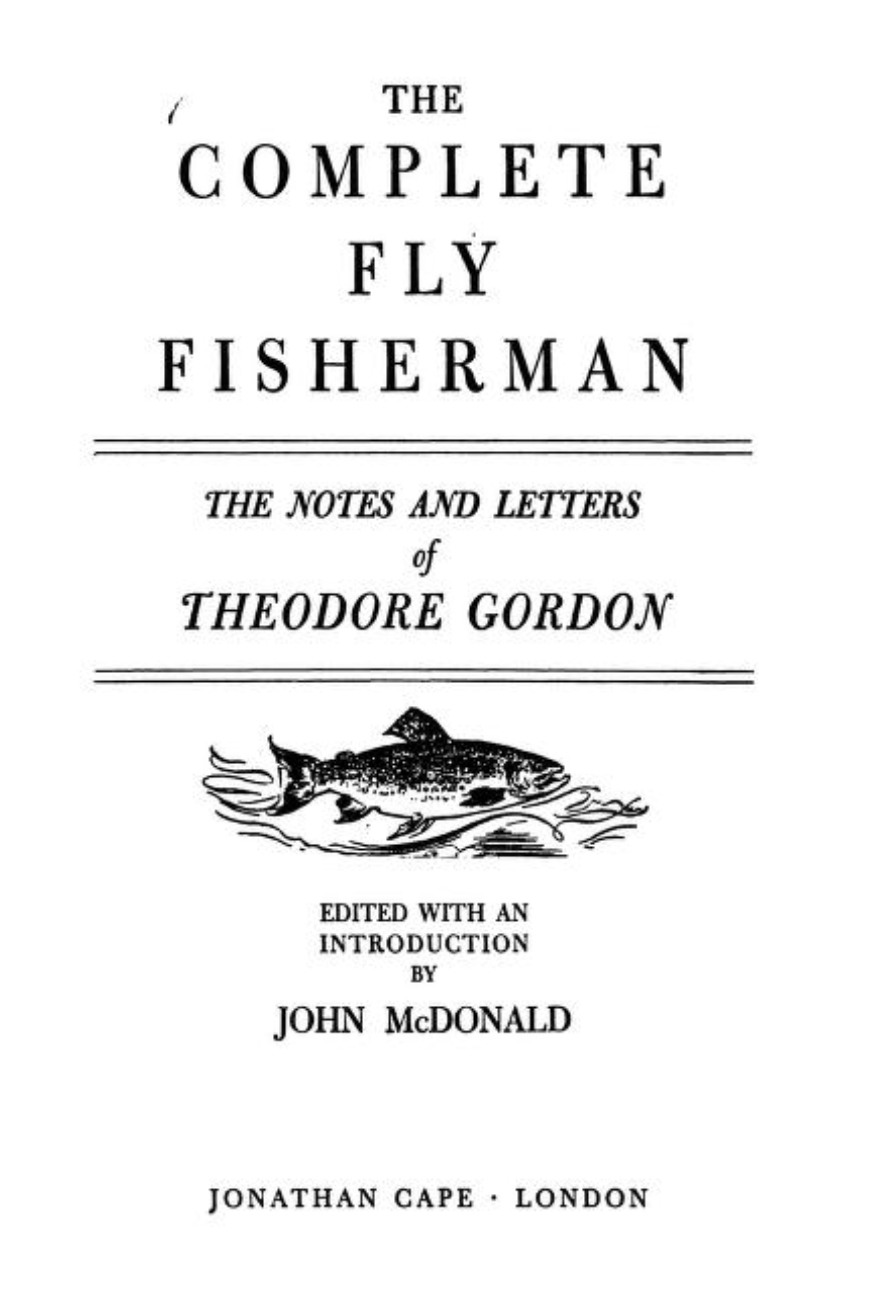
I barely even know what Tenkara means but I’m working on some flies for a fly tying contest and Tenkara is one of the categories. I at least need to figure out that much so here I go …
As far as I can tell, Tenkara is fly fishing done Japanese style. The style includes a specific type of fly rod, fly line, leaders, and of course, flies. The fly I have chosen to enter in the contest is called Takayama Sakasa Kebari. The word kebari translates to “hairpin” so it basically means a hair fly. The word sakasa translates to “upside down” and in this case it actually means backward or reverse. I have read that the reverse hackle style (tips pointing forward) is the easiest way to tie a fly “in hand”, i.e., without a vise and thus stream-side. I used a vise to tie my fly but it’s a pretty simple fly so I think I could actually tie it without one. Oh, and the Takayama part of the fly’s name is just the city in Japan where the fly originated and is most popular.

I chose this fly because it is simple. Besides the curved hook and silk thread, it has two materials – a soft hackle feather from a rooster pheasant and three herls from a peacock eye. You just can’t get much simpler than that! Here are the specifics I put on my fly tying card:

Click here for the video I used to learn how to tie the fly and basically everything I now know about Tenkara.
Feel free to wish me good luck in the contest.








